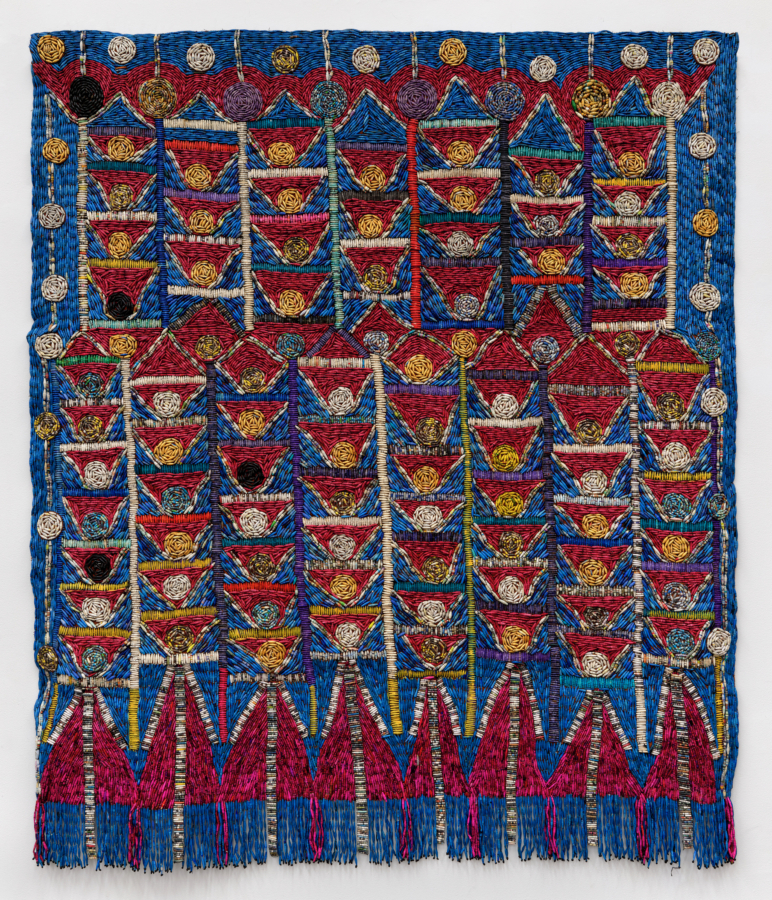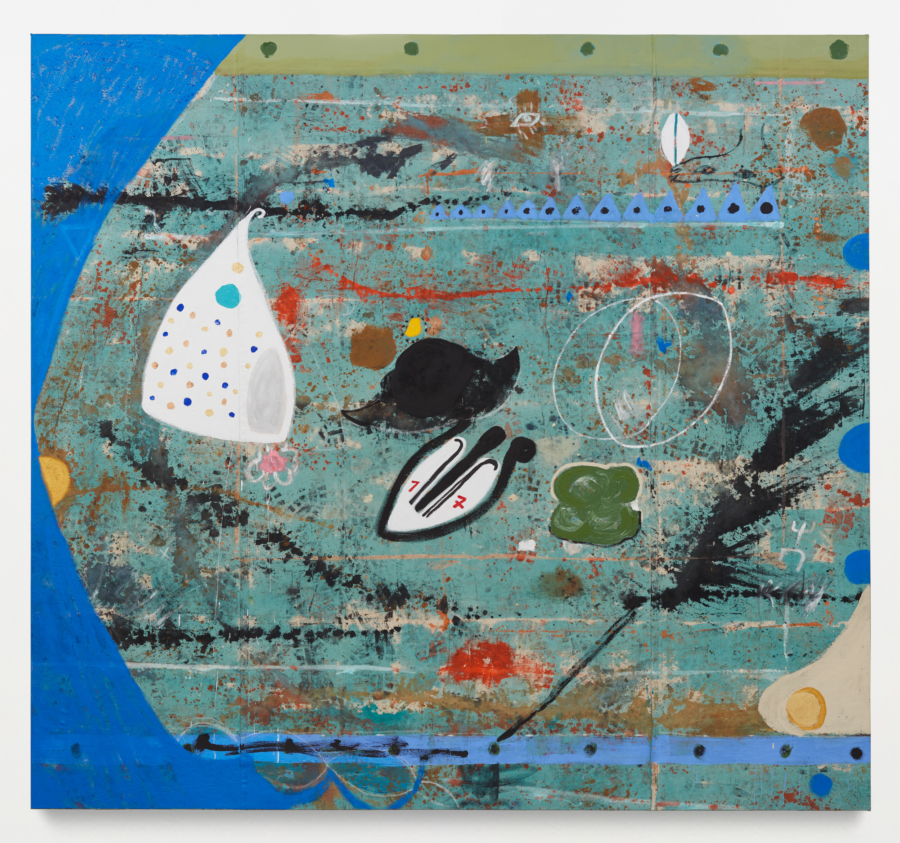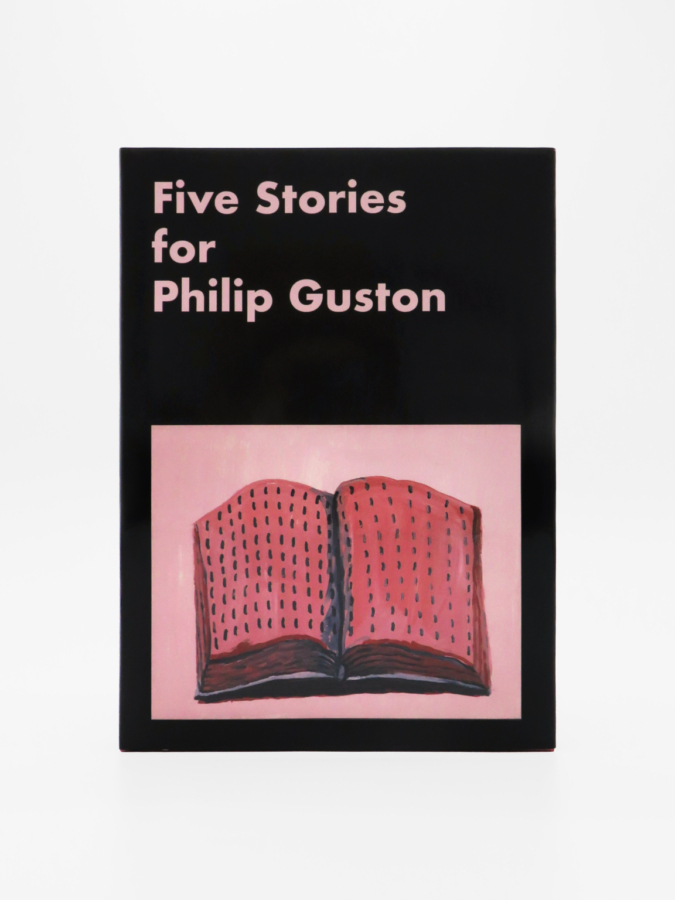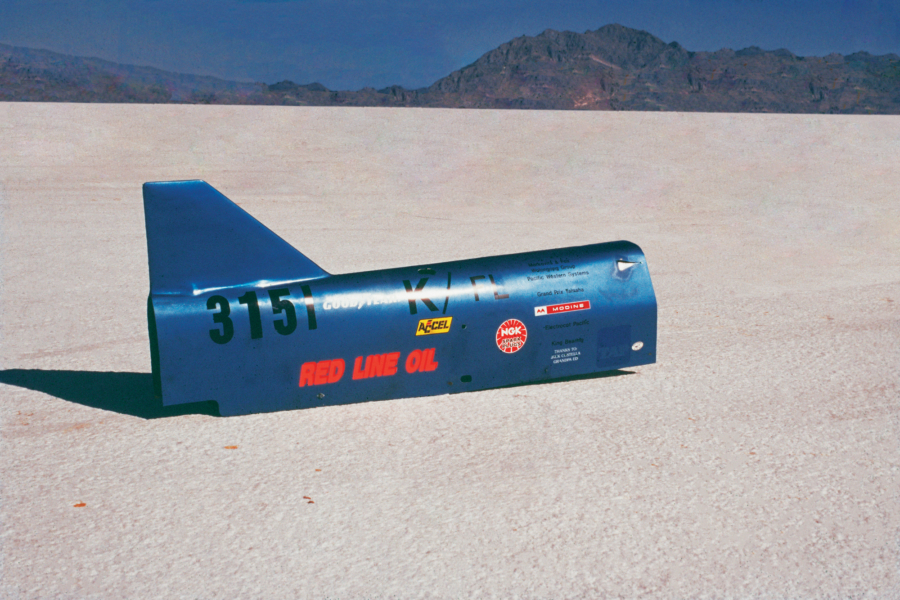April 4, 2012
Mark Flood’s Hateful Years, published by Luxembourg & Dayan, New York, 2012.
To the States or any one of them, or any city of the States,
Resist much, obey little,
Once unquestioning obedience, once fully enslaved,
Once fully enslaved, no nation, state, city of this earth,
ever afterward resumes its liberty.
—Walt Whitman, Leaves of Grass
Walt Whitman’s oft-quoted call to disorder in his poem “To the States” was written amid the turbulence of 1860—on the eve of Abraham Lincoln’s election and with reference to the brewing Civil War. More than a century on, Whitman’s provocative supplication resonates well beyond its original context to the present American condition. With its eloquent yet economic poetry, its urgent goading and empowerment of individual agency, this verse perfectly encapsulates the work of Mark Flood. Flood is a profoundly disobedient artist whose work continuously questions American enslavement to mass media, marketing, and celebrity culture. Unsung in mainstream contemporary-art circles, he has been working in relative obscurity since the late 1970s in his native Houston. He has long occupied the role of an “artist’s artist”—an insider’s secret for those who had encountered his work as a visual artist or knew of his punk band, Culturcide.
Flood’s work salvages the relics of abandoned mass culture from the dustbin of obsolescence. He transforms celebrity faces into grotesque caricature through collage; he strips product and advertising images of their commercial identities; he introduces disturbing interventions into found amateur paintings; he spray-paints perverse commandments across text works. He compels us to contemplate the material detritus that nearly always follows ubiquity, but his work is not just a collection of appropriative gestures. Through his examination of the vapor trails of culturally exsanguinated people, places, and objects, Flood takes the measure of cultural waste.
From Culturcide’s signature deadpan lyrics sung directly over mainstream pop songs to his own elaborately collaged “muted” magazine advertisements, Flood has pioneered a very specific brand of cultural appropriation since the late 1970s. Working parallel to the Pictures
Generation artists—though not in direct dialogue with them—Flood critically yet humorously lampooned our collective enslavement to consumerism and spotlit our unwavering dedication to the entertainment industrial complex.
While so-called appropriation artists such as Richard Prince, Barbara Kruger, Louise Lawler, and Sherri Levine cast a cold, detached gaze on their “stolen” Pop material, Flood’s use of purloined images always seems to project something hot and inflammatory, a pulsing mutation of things that are at once familiar and foreign. While there are several striking iconographic and thematic overlaps with these New York Pictures artists (Marlboro Men, pornography, etc.), Flood’s work telegraphs a decidedly different tone that is as often punctuated by an acerbic wit as it is by the artist’s concurrent protestation and affection toward his subjects.
Further distinguishing Flood from his contemporaries, his acts of image confiscation function without the crutch of ironic distance. Like the pioneers of avant-garde photomontage, George Grosz, Hannah Höch, and John Heartfield, Flood seizes on the allegorical potential of collage as a political and aesthetic technique. While the largely self-taught Flood himself traces the inspirational source of his collage techniques to the cut-up, text-based work of William Burroughs and Brion Gysin, it is art-historically irresistible to juxtapose his work with the earlier agitprop montages of these Weimar artists. Berlin Dada and Texas punk are transhistorically aligned in the procedures of superimposition, fragmentation, and deformation. Consider Flood’s allegorical deconstruction of the ideology behind corporate communications. His Survive (1981)—a collage that layers a photograph of a genocidal mass grave on top of the Philip Morris advertorial for its corporate underwriting of the Guggenheim Museum’s German Expressionism show—directly echoes the conceptual and aesthetic strategies in Heartfield’s oeuvre. As in Heartfield’s iconic denunciation of Fascist propaganda Hurrah, die Butter ist alle! (1935), Flood too pirates the very visual constructs of corporate communications and uses this language against itself without recourse to irony. This use of Heartfieldian paradigm is all the more compelling when considered under the specific political and cultural conditions in which Flood was working. These “Hateful Years”—what Flood has termed the 1980s because of its Cold War paranoia, its reactionary cultural agenda, and its laissez-faire policies under Reaganomics— were rife with repressive cultural and economic conditions. Despite the Culture Wars that were raging (with Jesse Helms, the attempts to abolish the NEA, and the rise of the Religious Right), Flood was able to assert his powerful critiques of these Hateful Years under the censors’ radar—echoing George Grosz’s assertion about the advantage of collage being able to “speak publicly with hidden meaning.”
While this agitprop legacy is in play in many of his early works, Flood’s unique position is perhaps most evident in his extreme yet precise ambivalence toward his subject matter. Far from a pure negationist, Flood seems to lay out his inner conflicts in his most compelling works. Whether disfiguring a handsome porn model’s face and genitalia (Three-faced Male Nude, 1985) or painting over the recognizable logos from consumer products (Muted Coke Bottle, 1983), he oscillates between adoration of and criticality toward his subjects. In each of these examples, he allows the original object to retain some of its seductive Pop aura while simultaneously introducing elements that disturb, distort, or repel. He brackets the mechanisms of massculture—muting the branding, rearranging the typography, and other ploys of advertising or exploitation (as in the case of the porn works)—while highlighting isolated elements or snippets of cultural iconography that he deems worthy of salvaging from the endless cycle of consumption and waste. Flood’s own ponderings on the humble Coke bottle are instructive. Writing under another pseudonym, “Clark Flood” states:
Back in H-town, I concluded that the same rules applied. I perceived that the green fluted Coke bottle, from which I daily chugged, embodied the multiplicitous soul of the US A; hard, grotesquely beautiful and menacing; sometimes full of a pseudo-nutritional, purely symbolic, foaming black bile of a capitalist product; sometimes empty, like our religion, our political platforms and our civic life. The Coke bottle was us; and when all that was left of us was an endless field of broken Coke bottles, some future consciousness would catch our reflection there, gleaming off the jagged fragments of green fluted glass.
As if heeding Whitman’s plea, Flood resists much (of corporate brainwashing,) and obeys little (of any system’s rules). Yet as the pure visual force and pre-Photoshop virtuosity of his collage work attests, if there is anything Flood cannot manage to resist, it is the allure of art itself. He obeys only his need to make transformative art.
It is not without reason that exploitation, capital, and commercial culture are constant themes in Flood’s early works. As a young artist and musician (he founded Culturcide in 1979 under the alias Perry Webb), he held down numerous day jobs in Houston. Most notably he worked as a file clerk for the oil giant Texaco from 1981 to 1985. Left alone in a storage facility with 17,000 boxes, Flood “ransacked all their files” and often pilfered office supplies for his work (manila folders, tape, letterhead). One such work that featured repurposed office supplies, Service Your Master (1981), features an artfully butchered MasterCard advertisement that incites the viewer to apply for a card and then submit to the bondage of debt. These day-jobbing years at Texaco provided ample fodder for Flood to contemplate the power relationship between workers and corporate employer. Again writing as Clark Flood, he reflects on the economic and class traps of the average American:
We indicated our sinister achronicity by carelessly exhibiting and indifferently discarding millions of craven pitches, plugs and notices; our time dissolved into a murky puddle of perpetual present, perfect for compulsive shopping, and resigned wage-slavery.
The experience of “wage-slavery” is further explored in Flood’s series of “Hierarchy” paintings. Made in a deliberately deskilled manner and infused with a punk aesthetic, simplistic stick figures painted on monochromatic backgrounds, sometimes with elements of collage, are meant to diagram corporate/worker power relations. Works with titles such as Self Portrait with Texaco ID (ca. 1986), Job? (ca. 1986), and Manager (1986) humorously reduce the ideology behind the American Dream to schematic drawings. Made in a communal house dubbed “Vexworld” that Flood shared with like-minded Houston musicians (also with day jobs), these early paintings express the Texaco years’ lesson: hard work does not necessarily “pay off” into social mobility, material reward, or spiritual redemption.
The Vexworld environment also fostered other irreverent meditations on the American condition. In his “Idols,” “Monsters,” and “Stick Figure” paintings, Flood uses amateur, anonymously painted canvases bought in thrift stores as his background supports. Not only did these canvases provide inexpensive, “punk” materiality, these works are acts of recuperation that allowed a direct conduit to issues of class and taste. Flood puts high and low on a crash course. One could extrapolate from art historian Julian Stallabrass’s reflections on Jim Shaw’s collection of “Thrift Store Paintings” (1990) to the class politics at play in Flood’s vintage painting series:
Visitors will treat these fetishes of the popular psyche with amazement, condescension and amusement. Those who believe that the division between “high” and “low” culture has been disposed of in an egalitarian, postmodern compact might take heed of this show which functions by bringing the two poles into contact, offering those who have scaled the cultural heights a thrilling glimpse into the abyss of the average.
This “abyss of the average” is the very subject of a stick-figure painting in which Flood paints the word WHORE over the top of a kitsch beach landscape with a blazing sunset; a lone stick figure rendered in thick black paint is inserted in the foreground. If these anonymously authored paintings are the expression of a Sunday painter’s utopic dreams and hopes, Flood seizes on these aspirational canvases as a vehicle to reflect the more pessimistic “reality” of our collective situation. His “whore” is an Everyman, a member of the masses emaciated to a simple line drawing—enslaved to debt and media-generated desire. Prefiguring Shaw’s “Thrift Store Paintings” by nearly a decade, Flood’s found-painting works are astonishing in their incisive transformation of these populist, folk art relics into a seething vehicle to these populist, folk art relics into a seething vehicle to probe the American psyche and experience. As Stallabrass further reflects, “Many of these [thrift-store] pictures demonstrate a simple yet self-conscious utopian yearning for common pleasures unsullied by the demands of mundane, laboring, administered life.”6 If Flood was making these works to escape his own weekday toil and everyday pressures, one could only imagine the living hell that he channeled into these dystopic relics of Americana.
Not only the American condition was in Flood’s crosshairs during this period; his early works equally targeted the art world itself. His word paintings ridicule the legacy of text-heavy conceptual art while lampooning the authoritative, coercive language of advertising. Using spray paint on board with the occasional collage flourish, his “Text” paintings issue commandments such as WATCH TE LEVISION, FUCK THE ECONOMY, DRINK BLOOD, and MASTURBATE OFTEN. On a certain level, his works could be classified alongside Barbara Kruger’s stock photographic images emblazoned with such commandments as
I SHOP THEREFORE I AM (1987) or Jenny Holzer’s aphoristic Truisms (1977–79), statements printed on posters wheat-pasted around buildings with sayings such as ABUSE OF POWER COMES AS NO SURPRISE. Though Flood’s work deviates from the didactic, overtly critical intentions motivating Kruger and Holzer’s work, he proposes a darker vision much more difficult to recuperate as having a socially redemptive message. An anecdote from Flood’s Hateful Years in Houston is a case in point. The black monochrome Eat Human Flesh (1989) was hanging over the couch of some friends—“drug dealers with advanced taste in art.” As it happened, the work was visible from the front of the house, and the work became cause for more alarm as the Houston Police had been watching the house for illegal activity. When the drug bust finally went down, the painting—not the alleged small-time drug deals—became the focal point of a media circus. Flood’s directive spraypainted on the work’s surface was connected by the media to an incident of cannibalism by members of a Santería cult in a nearby border town. News crews from all the major TV network affiliates—serendipitously echoing Flood’s earlier canvas I Obey (1979)—busted through the door of the house in a frenzy of tabloid “reporting.” Some days later Flood found himself interviewed with the subtitle “satanic artist,” and his tableau was quickly immortalized as a fixture in a “satanic ritual abuse” news loop that played throughout the late ’80s whenever suspicious cult-like activity was reported.
While this amusing tale of Flood’s early brush with infamy demonstrates the contrast between his dubious text messaging and more politically correct examples à la Holzer and Kruger, it also precisely belies the artistic and conceptual position that he occupies. Simultaneously a cynic and a believer, Flood makes work that may seem familiar because of its mass-culture subject matter. But his oeuvre is inimitable because of its irreverent, independent political and aesthetic edge. His work’s power comes from the unstable meanings it generates epitomized by the Eat Human Flesh episode. It is all the more astounding to consider the way Flood worked and developed such dense bodies of work autonomously (outside of the reach of the New York cognoscenti) while also foreshadowing many of the themes and visual strategies used by the current generation of contemporary artists, such as Nate Lowman, Joe Bradley, Josh Smith, and Dan Colen. Flood’s legacy is active in the current production of these younger artists who have “discovered” and lionized his work in private circles over the last few years. Looking closely at his oeuvre with more than two decades’ hindsight, Flood transcends his cult status as an outsider or punk artist. His Hateful Years reveal a singular figure that commands broader consideration. Having resisted the culture industry and disobeyed aesthetic orthodoxies for years, Flood is himself irresistible because of his unwavering faith in the power of art.



